Keeping Medications Organized

Many seniors are required to take at least one daily prescription medication. Many have to take several for various issues. Because the consequences of a drug interaction or drug overdose are very serious, it is important to understand how to manage a senior’s medications to ensure their safety.
Use Charts
Either you or a professional in-home care provider can create a chart that details the daily dosage of each medication. You can make a sophisticated chart using various computer programs or simply make a hand-written chart. The chart can be color coded or simply have the names of the medications, times to be taken and any necessary precautions, such as must be taken with a meal or with a glass of milk.
Use an Organizer
In addition to a chart, you can further organize medications by using a pill organizer. They are typically broken down by day, enabling you to fill each day’s compartment with the necessary medications. This helps to reduce the chance of overdosing because the number of pills is portioned out. If you are worried about a senior taking too many pills, you can portion the pills out for the day or week and put the rest of the bottle away somewhere.
Consult with Doctors
Stay in close contact with your loved one’s doctors, ensuring that each one knows about the medications that your relative is taking. If more than one doctor is seen, it can get confusing to keep all of the medications straight. The best way to avoid this from occurring is to keep a running list of all medications, why they are taken and how often. This enables each doctor, relative and professional from a home care agency to be on the same page to help avoid the risk of drug interactions.






